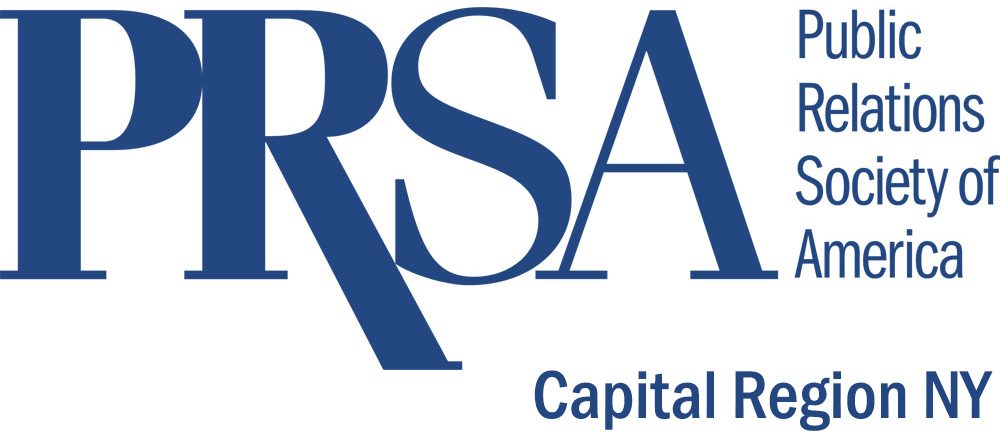By Rich Goldenberg
Public Affairs Officer, New York National Guard
How do you prepare your organization to talk about the unthinkable? Public Relations professionals from the New York National Guard did just that here at the New York State Preparedness Center last week.
Everyone has come to expect the Guard to be there when disaster strikes. But out in Oriskany, troops prepared for some of the state’s worst-case scenarios that most people can’t or won’t think about – a chemical, biological, radiological, nuclear or high-explosive event. With so many lives at stake, the Guard recently trained and validated what we call a Homeland Response Force, just to be there if the worst ever comes and first responders need us.
Talking about such an event does require some, well, sensitivity. Sure, like most major PR events, we want to convey the most positive impressions to all stakeholders. But when folks talk about weapons of mass destruction, we also want to show just how serious we take that response role.
Here’s a brief overview of how we approached our training. Maybe you’ll take away some ideas, techniques or new concepts. This scale or scenario may not translate to your work, but there’s often tidbits that we all can share.
Besides, you should at least sleep better knowing that our Citizen Soldiers and Airmen are out there every day training for those events that few want to think about.
First off, we wanted to simply explain what was going on. Nearly a month prior to our training, we issued a press release just to news editors, giving a summary of what the Homeland Response Force does, why it trains, how it operates and when the training would take place. Not intended at all for publication, it merely set the stage for coverage of the team to all of the news outlets in Central New York, where the training would occur.
Rarely would I send out an explanation announcement, but this was no ordinary event, and we felt that editors who better understand what’s coming better appreciate why we want to tell that story.
The week prior to our troops showing up, we also provided a summary of the start of the exercise, explaining that more than 1,000 troops would descend on Oriskany and Utica for the training and that local residents would notice an increased military presence. With pickup by the AP, the event kickoff ran in every market in the state, from Long Island to Buffalo, including national outlets like the Wall Street Journal. Soldiers driving to the training site could listen in to radio news announcing their arrival, a nice boost to their confidence.
As the event got underway, we continued our efforts to tell the story of this unique military force.
Not wanting to let the momentum slide, we established a social media presence, including a Facebook page just for the Homeland Response Force and a Flickr photo set so that media and the public could follow events and view imagery of the training.
With this sort of event, there’s no shortage of imagery to gather. The Homeland Response Force trains to extract casualties in a chemical, biological or radiological environment, decontaminate them and provide victims with medical triage for medical responders. All of this is performed alongside and in support of first responders and civilian authorities, so there’s also a very robust headquarters element, responsive to those local responder needs under what will certainly be the most difficult of conditions.
Daily imagery posted to our agency homepage also directed visitors to both the Flickr imagery set or our microsite, established just for the training exercise, updated daily with photos and short articles explaining what was going on in Oriskany.
You can check out that microsite here, if you like: www.dmna.ny.gov/blog/journal.php?journal=1336740788
We also made sure that our products were made available to the public and the media by providing articles, photos and video available for download to stakeholders at the National Guard and the Army. Stories and photos would appear on their websites within 24 hours of posting.
An example of how we can share video with interested news media or just the public at large is found here: http://www.dvidshub.net/video/144340/national-guard-homeland-response-force-training
But don’t let me ignore the traditional media day event planning! We hosted all of the regional news media on Thursday, May 17 for a morning walk-through of the training site, again explaining our role and offering up plenty of compelling video and photo opportunities for reporters.
Our media invite is very straightforward, and works well for us, giving reporters the down and dirty up front but offers plenty of cues for what they can expect to see and who they may want to talk to.
Here is our press advisory, inviting media from the Oriskany and Utica areas to come see the training: http://readme.readmedia.com/News-Media-Invited-to-Cover-National-Guard-WMD-Response-Training/3900816
I especially like including a photo of prior events, just to show editors what this invite might generate for them as a story.
Even better, I had the opportunity to reinforce our partnerships with fellow state agencies, especially the state Office of Emergency Management, part of the Division of Homeland Security and Emergency Services, whose PIO joined us for the opportunity to view the training.
Recognizing the limited media coverage for the weekend, we intentionally scaled back our support for the training on Friday afternoon and Saturday, letting our troops focus on the tasks at hand without the additional stress of media visitors.
After a week of activity, our team proved their capabilities to a team of Army evaluators and we were able to tell our story to New Yorkers and the nation.
We may not want to think about these nightmare scenarios much, but training and preparing for them make our troops more responsive and more ready. Just thought that you should know.
For more information about the New York National Guard Public Affairs efforts, visit our website at www.dmna.ny.gov.
